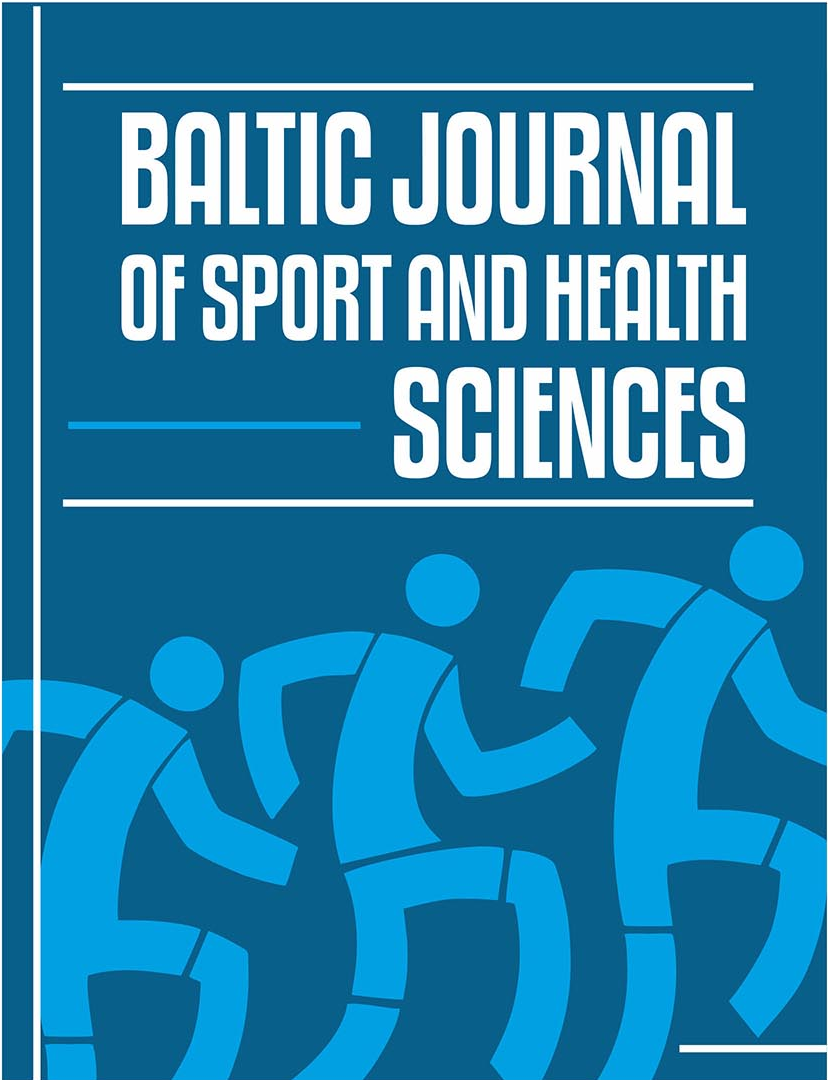The Peculiarities of Health-Related Quality of Life in Recreational and Competitive Athletes
Abstract
Background. The scientific literature focuses on the evaluation of quality of life (QL) and health-related quality of life (HRQL) among recreational and competitive athletes. Research suggests that the QL and HRQL levels of competitive athletes can be negatively affected in that they spend most of their lives in training, preparing for and recovering from competitions and tournaments; however, they neither learn most of the essential life skills (Ohlert & Ott, 2017), nor allot time to their leisure activities and recreation. There are also contradictory studies indicating that competitive athletes evaluate HRQL better than recreational ones do (Lorcan & Allen, 2018; Pacesova, Smela, & Antala, 2019). However, little is known about the impact of how different levels of sports activities affect HRQL in this pandemic period.
Methods. HRQL was evaluated applying the SF-36 questionnaire (Short Form 36 Medical Outcomes Study questionnaire). The questionnaire was adapted in Lithuania (Staniūtė, 2007).
Results. Statistically significant differences were found in the evaluation of quality of life in the following areas: social function, pain, and activity limitation due to emotional disorders. It was found that competitive athletes limited their activities more than recreational athletes due to emotional difficulties (U = 1165, p = .05) and experienced more pain (U = 1036, p = .01). It was also found that recreational athletes valued their social relations more favourably than competitive ones (U = 1066, p = .02). Statistically significant differences were found in the evaluation of HRQL by gender. Men value their social relations better (U = 992.5, p = .00) and have fewer activity limitations due to emotional difficulties (U = 1063, p = .02) than women. The HRQL evaluation by gender and sport level shows that in recreational sports men evaluated their social relationships better than women and had fewer activity limitations due to emotional difficulties than women. Analysis of HRQL of competitive athletes showed no statistically significant relationship between women and men groups.
Conclusion. In conclusion, it can be stated that athletes best valued areas of physical activity and social relations. The findings show that competitive athletes more than recreational ones limited their activities due to emotional difficulties, and experienced more pain. Meanwhile, recreational athletes rated their social relations more favourably than competitive athletes. It was found that male athletes valued their social relations and emotional state better than female athletes. Men also had fewer activity limitations due to emotional difficulties than women.
Keywords: quality of life, young adults, recreational athletes, competitive athletes.
Downloads
Published
Issue
Section
License
Copyright (c) 2022 Author(s). Published by Lithuanian Sports University.

This work is licensed under a Creative Commons Attribution 4.0 International License.






